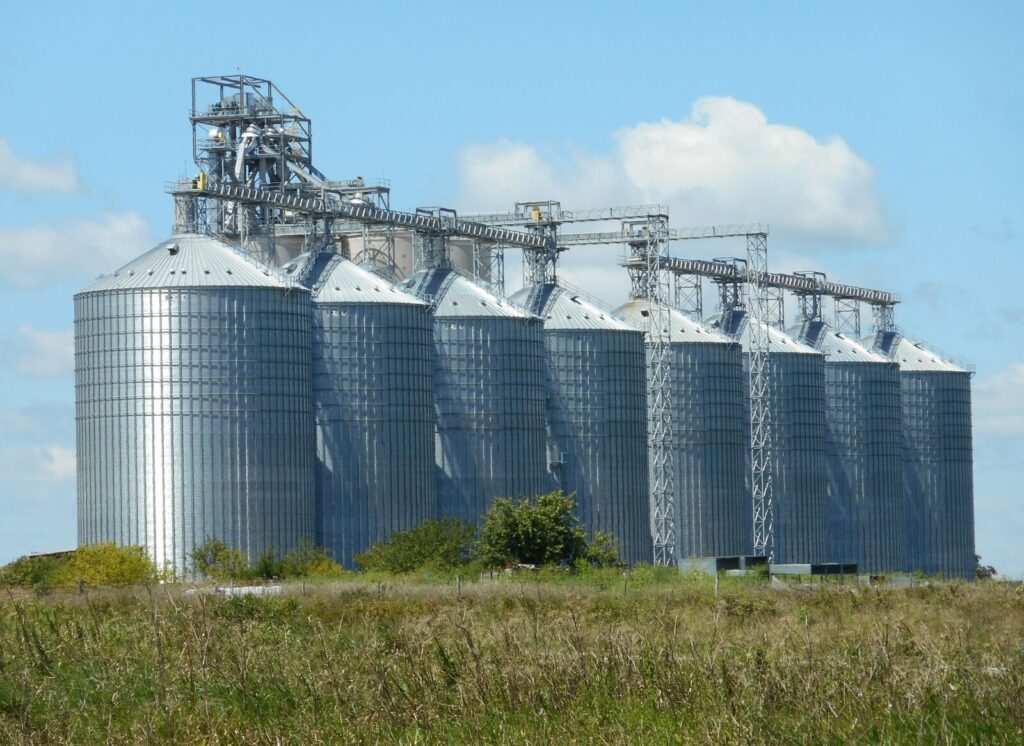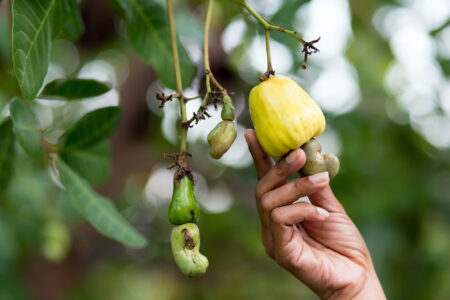- In its simplest form, the trade in commodities is the modern adaptation of the barter trade system.
- Farmers in Tanzania can choose their cropping pattern based on the spot and futures prices set by the exchange.
- A total of 56,367.5MT of commodities worth $45.6 million were traded through the Tanzania Mercantile Exchange between 2019 and 2021.
We are all familiar with the Dar es Salaam Stock Exchange market, but only a few are aware of the not-so-famous Tanzania Mercantile Exchange(TMX). As the names suggest, the stock exchange involves the trading of stocks while the latter entails the trading of commodities.
In the simplest form, the trade of commodities can be described as the modern adaptation of the barter trade system. It allows for example, farmers and/or middlemen to trade their produce with other producers across the world. By so doing, farmers can exchange (sell) their produce at the highest prices of the day.
“The exchange is established as a platform where farmers, traders, exporters and other various market actors are able to access domestic and global market and obtain a fair price in selling or buying of commodities,” explains TMX.
Through the TMX, farmers in Tanzanian can choose their cropping pattern based on spot and futures prices. This empowers them to trade based on highest possible market prices.
Read also: Warehouse leasing declines in Uganda
Empowering Tanzania farmers to produce more
By capitalising on this system, Tanzania can potentially empower its farmers to trade efficiently and that way, motivate them to produce more. Here is how it works; first farmers come together in a collective, as for the case of Tanzania, the Agricultural Market Cooperative Societies (AMCOS) serves as the collective body for the farmers.
The collective is pivotal simply because most Tanzanian farmers are smallholder producers and have only so much produce to offer. By coming together in a collective then they have enough commodities to trade.
However, the fact that the produce brought together at the collective is from different farms, the question of standardisation comes into play; we will jump this huddle momentarily.
Once the produce is brought together, it can then be listed on the TMX trading floor ready for exchange, globally.
Thanks to the mercantile commodity exchange system, individual farmers are increasing their income and so are various players in the value chain. Individual farmers increase their household incomes through the sell of their produce at higher prices, middlemen earn income and employment and the government earns revenue through taxes and related exchange fees.
Likewise, the country earns foreign currency through the exchange. In a nutshell, the mercantile commodity exchange has a great multiplier effect in countries that apply them and Tanzania is a testimony to this fact.
Read also: Tanzanian Agri-business to grow: Foreign bonded warehouses to increase sales
“A total of 56,367.5 MT of commodities have been traded through the TMX system between 2019 and 2021, at a value of TZS108 billion ($45.6 million),” the exchange notes
“About 95 percent of the total value of the commodities has been paid to farmers to a tune of TZS103 billion ($43.6 million), significantly higher than what the farmers earned in previous seasons.”
Quality of goods in mercantile exchange
Now let us go back to the collective, how does the country resolve the question of product quality when the produce is collected from different farmers? This is where the warehouse receipt system comes in.
The warehouse receipt system allows the trade of farm produce before the actual market sale occurs. Farmers deposit their commodities in a licensed warehouse(s) and receive a warehouse receipt, which certifies the commodities’ ownership, value, type, quantity, and quality (grades).
Here we find the answer to the question of the quality of produce. The fact that a farmers’ collective involves different farmers operating on different farms poses a discrepancy in quality standardisation.
Through the warehouse receipt system, all produce deposited at the warehouse is evaluated for quality. And it is only the produce that meets the set standards, which is accepted. That way, when the commodities are traded on the TMX platform, they are of uniform quality.
In Tanzania, the WRS is supervised and regulated by the Warehouse Receipts Regulatory Board. This is a government agency responsible for licensing warehouse operators, collateral managers, and inspectors.
However, according to TMX; “pperationalisation of WRS failed to produce its expected results due to lack of a well-functioning structured marketing system. For smooth operationalisation of WRS, there is a need for a commodity exchange, which has been a missing link in the agricultural marketing system.”
Tanzania warehouse system guarantees good prices
But all that is now history thanks to the establishment of TMX. The exchange is providing a spot and futures trading platform for farmers. What’s more, the exchange is offering more transparency, better prices and low transaction costs.
The warehouse receipt system allows farmers to liquidate their produce even before the actual sale occurs. This way, the system creates financial inclusion for thousands of peasant farmers in the countryside.
Without this system, farmers usually have no source of revenue up to the point of harvest. And even then, they may have to go through a waiting period until market demand is right.
It is this scenario that keeps almost all African smallholder farmers below the poverty line. Farmers invest the little money they have in seeds, land preparation and agro-inputs. Then they also have to tend the crops during the growing period.
After that, upon harvesting, if the produce has not been sold while on the farm, the farmer incurs storage costs. This can even result in lowering of the value of the produce through damage from weather, disease and pests.
Further, there is the question of logistics whereby farmers are required to park and transport their produce to the market. Even upon delivering the produce to the market, farmers are not guaranteed sales on the same day.
Given these facts, it is very understandable why farmers opt to sell at the farm to middlemen. Huge storage and transportation costs eat into their earnings.
Prices more than double under TMX
However, by selling to the middlemen, who claim to shoulder bare the risk of the trade, farmers get lowest prices. In contrast, the mercantile system gives them the opportunity to sell at the highest possible price.
TMX says, “In most of the traded products, prices have more-than-doubled when traded through the system, compared to when traded through unregulated channels. In 2020, the recorded price for green grams, once traded through the system, was three-times the price traded through other channels.”
Additionally, prices for sesame seeds and cocoa doubled between 2019 and 2021. At the same time, cashew nuts and chickpeas prices increased by 1.3 and 1.7 times respectively.
“On average, over the three years, prices increased two-fold for all products traded through the system,” reports TMX.











